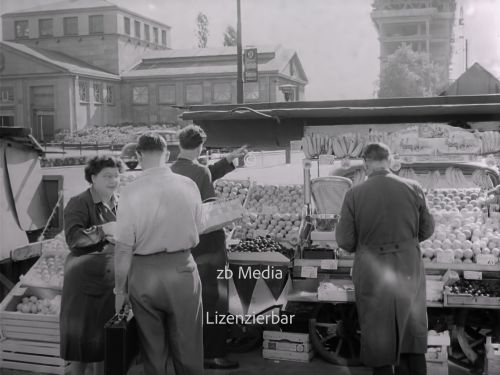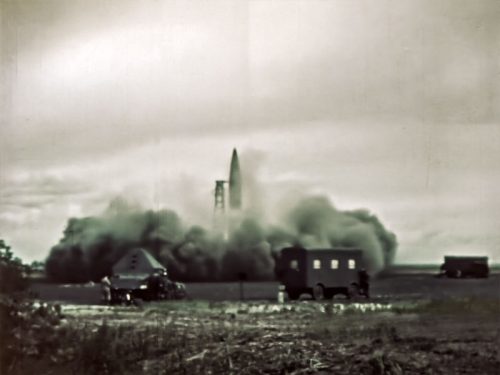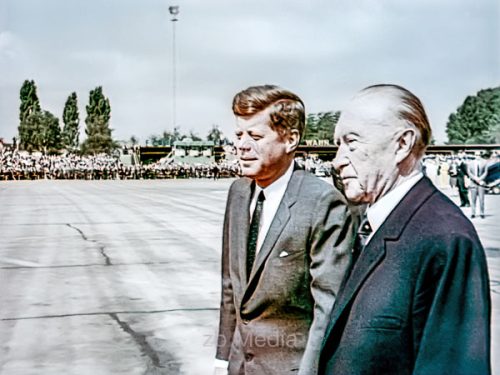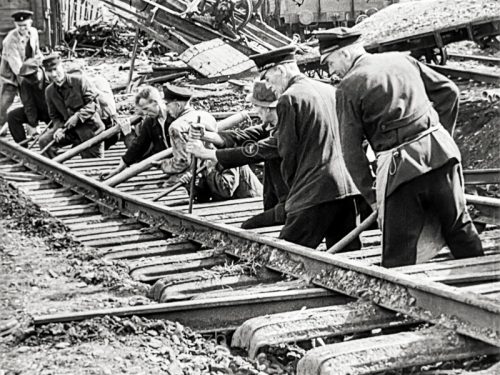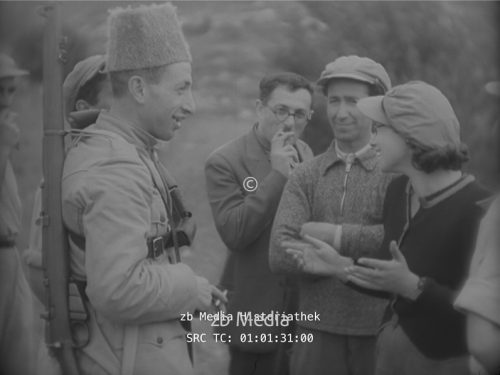Berlin 1955 – City life. Film footage from West Berlin, shot in the summer of 1955. Street scenes, city life, vegetable market, KadeWe department stores’, new buildings.
Berlin 1955 – City life
Description
Berlin 1955 – City life
Film footage from Berlin, shot in the summer of 1955, street scenes, city life, vegetable market, KadeWe department stores’, new buildings.
Historical context
Berlin in 1955 was a city characterised by its recent history and the unfolding realities of the Cold War. After the destruction of the Second World War, Berlin was a city in transition, divided into sectors controlled by the Allied powers: the United States, the United Kingdom, France and the Soviet Union. This division laid the foundation for the construction of the Berlin Wall in 1961.
Political context Berlin 1955
In 1955, Berlin was a divided city: East Berlin was the capital of the German Democratic Republic (GDR) and West Berlin was an exclave of the Federal Republic of Germany. The ideological divide was clearly noticeable: East Berlin was under communist control, West Berlin was a democratic enclave within the Soviet sphere.
East Berlin was in the process of rebuilding a socialist economy. The state controlled most aspects of life, including employment and housing. Basic needs were met, but shortages of goods and services were commonplace.
West Berlin experienced an economic boom, supported by extensive aid from the Marshall Plan, which became known as the “economic miracle”. The city was a model of Western prosperity, consumption and democracy. Life in West Berlin was characterised by a greater degree of personal freedom and consumer freedom. The city had a vibrant cultural scene with theatres, cafés and a thriving nightlife. Reconstruction work focused on restoring the pre-war architecture and modernising the city’s infrastructure. Kurfürstendamm, an important commercial street, was a symbol of this regeneration.
This period paved the way for the deeper division that was to follow with the construction of the Berlin Wall in 1961.
Additional information
| License fee | € 330 to € 3960 |
|---|---|
| Brand | Historiathek |

